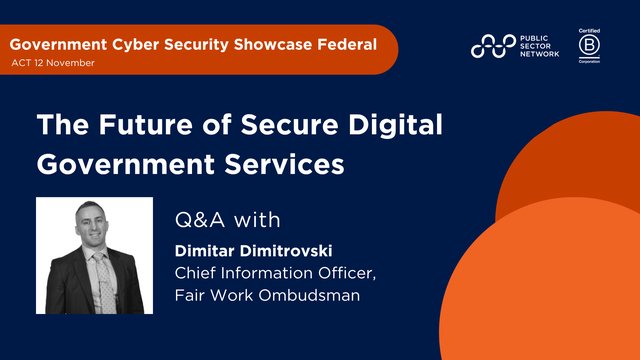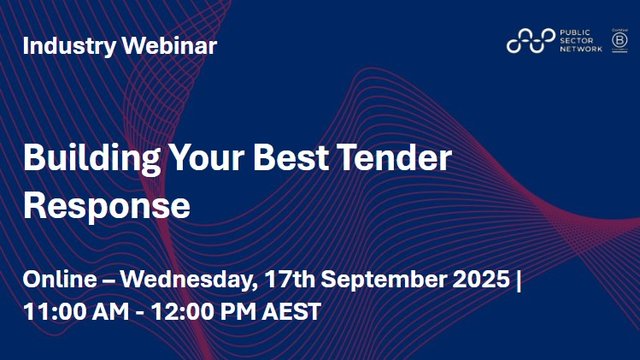A Remote Monitoring Initiative in LTC with Great Learnings Using Integrated Digital Solutions and Virtual Care
Keynote Session Summary with Beatrise Edelstein, Program Director, Seniors Care, Inpatient Medicine, Allied Health & Ambulatory Services, Humber River Hospital (Toronto)
Health Impacts at Long-Term Care Homes
Across the world, patients in long-term residential aged care often feel neglected or that they are part of a system that is intentionally designed to make them feel inferior. This was certainly the case at Humber River Hospital in northwest Toronto, which supports nine long-term care (LTC) homes. Beatrise Edelstein , the Program Director for Seniors Care, Inpatient Medicine, Allied Health & Ambulatory Services at the hospital group, says that even before the pandemic came along, many of their patients experienced long wait times or care in inappropriate places, and often lengthy waits even in the ED, sometimes averaging 41 hours just to be admitted. Once COVID-19 struck, there were further impacts, including ramp downs, closures and outbreaks that disproportionately impacted the LTC sector, especially for patients that already had other underlying health conditions. Clearly the whole sector was in need of a new approach.
Leveraging the Pandemic for Greater Impact Using a Specific Tool
COVID-19 was first and foremost a health crisis, so using that as an opportunity, the hospital group decided to reimagine access to care, and it allowed us to be creative. They wanted to leverage technology to produce results for their patients, whilst also being mindful of our systems and the evolving nature of COVID-19. The result was an LTC remote monitoring program. With the implementation of a specific tool, the program was designed to detect early signs of decline in the health status of residents in nursing homes.
The tool that they used was Preview-ED (Practical Routine Elder Variants to Indicate Early Warning for Emergency Departments), which allowed regular PSWs (personal support workers) to be able to detect decline, because they are close to the resident and see them every day, providing daily care, toileting, dressing, etc. Through their observations, they can see a change in status very quickly, and by completing the one-page Preview-ED report on a daily basis, a very robust, standardized way of capturing information is identified. If there are changes in status, this can quickly be escalated to other members of the team with the goal of avoiding admission to the ED.
This program was first piloted in early 2019, but once the pandemic hit, with funding from the Ontario Health Central Region, it was rolled out across seven of the TLC homes in the catchment area, with funds being sought to roll it out to the two others. The funds are required for software and training, and for the tools that need to be put in place. The tool was initially built to specifically identify conditions like pneumonia, dehydration and urinary tract infection, which are very common conditions. But when the pandemic came along, it was easily adapted to identify the sensitive symptoms of COVID-19 and other flu-like illnesses.
The tool works on a scoring system with nine very specific indicators. These indicators are standardized and measure things like eating, mobility, urinary functions, family concerns, mental state and so on. The scores are then added and based on historical data, the overall score determines whether there’s any change in condition or whether escalation is needed. If escalation is required, this is automatically triggered, and depending on the score or the change, the matter is escalated to the nurse practitioner or the physician in charge. The nurse then might navigate to various clinics, or provide timely access for diagnostic imaging for things like fractures, endoscopy, thrombosis transfusions and so on. A doctor meanwhile would have the opportunity to to connect to our Humber LTC plus line for a virtual assessment, or they could refer to a geriatrician for further in-depth assessments.
The particularly good thing about the tool is that it easily integrates with the EMR (electronic medical record), which makes it easy to work with. This allows us to develop reports to ensure quality and compliance are in place, and it’s also very intuitive to use. It is in fact based on a system that most PSWs across North America already use, so there is only minimal training required once the tool is first deployed.
The Program has Been Successful
The goal of the tool and the overall rollout was to avoid unnecessary ED visits. This has been achieved because almost immediately after deploying the tool we saw a reduction in total visits to emergency. The reduction was down by 35%, with a reduction of 55% in the specific tool sensitive conditions that often caused patients to visit the ED previously. Since patients weren’t attending the ED in the same numbers as before, hospital admissions were also down. There was a 36% reduction in total hospital admissions. This created significant savings to our bed capacity, and considering this program was rolled out during the height of the pandemic, this was at a time when we greatly needed the beds so it really helped the entire hospital system.
In terms of the whole system, staff were surveyed as well. Of the 307 staff who responded to the survey, most were PSWs or nurses, and amongst them, there was a strong sense of satisfaction, with 79% reporting that the tool was useful to them and that they would recommend the tool. On top of that, they were happy with the communication strategies and particularly praised the standardized approach of the assessments which in turn allowed them to provide better care to the residents. Moreover, they found the technology easy to use and that the benefits to the hospital were significant.
The program began with five key enablers, each of which was measured and assessed. Based on these five, the results have been favourable:
- Governance – We set up a robust steering committee comprised of the LTC’s leadership to ensure there was oversight of the whole initiative. We also had champions; keen individuals from the nursing homes who were accountable to ensure that the work happened on the ground, and they helped the staff with the significant change initiative. We also had a lead in acute care who provided accountability for funding and assisted with implementation, leading the change management, evaluation, data analysis and reporting. Having the hospital provide this was very helpful.
- Process Optimization – The tool worked because of the standardized observation which was able to communicated across the system, and with a proactive escalation pathway. The goal was more timely care to address clinical deterioration and a reduction in transfers to the ED, and all of this was achieved.
- Technology – Having the tool linked to the EMR was very important. Most staff use their phones, so having it all on their phone made it simple and highly effective. This also assisted with reporting and compliance outcomes.
- Evaluation Framework – The tool consists of meaningful indicators and an easy way of gathering data, which may help with more funding requirements.
- Change Management and Engagement – Initially there were biweekly meetings, which then became weekly and monthly with TLC leadership, directors and champions. This became a community of practice with KPIs and lots of engagement with physicians and other experts.
“We are now seeking more funding to expand this initiative to more homes and using these key enablers to show that it is an effective program that has had real outcomes.”
Beatrise Edelstein, Program Director, Seniors Care, Inpatient Medicine, Allied Health & Ambulatory Services, Humber River Hospital (Toronto)


































